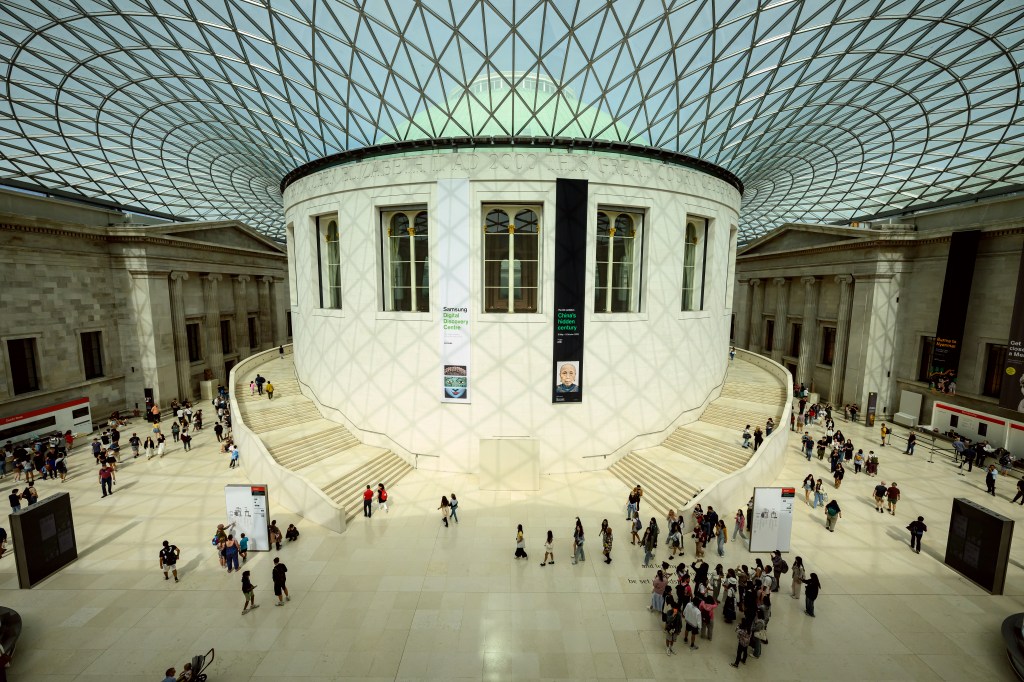Archaeologists in Egypt Unearth 12.5-Foot-Tall Top Section of Ramses II Statue
Archaeologists in Egypt recently discovered a 12.5 foot-tall section of a statue of the pharaoh Ramses II.
The discovery of the limestone statue was made at the archaeological site El Ashmunein as part of a joint Egyptian-American mission between the country’s Supreme Council of Antiquities and the University of Colorado, headed by Bassem Gehad and Ivonna Trnka. The news was announced by Egypt’s Ministry of Tourism and Antiquities on March 4.
The statue depicts King Ramses II in a seated position, wearing a double crown and a headdress topped with a royal cobra. According to a statement from Gehad, the upper part of the statue’s back column also shows hieroglyphic writings portraying titles that glorify the ruler. The full height of the statue is approximately 23 feet.
Ramses II, also known as Ramses the Great, was the third pharaoh of the Nineteenth Dynasty of Egypt and ruled from 1279 BCE to 1213 BCE.
Research studies have shown that the limestone statue is a match for a lower section discovered by German archaeologist Gunther Roeder in 1930, according to a statement by Mustafa Waziri, head of Egypt’s Supreme Council of Antiquities. Cleaning and preparation work has already begun for viewing what a reunion of the two statues would look like.
El Ashmunein is located south of the Egyptian city Minya on the west bank of the Nile river. According to Reuters, it was known in ancient Egypt as Khemnu and was the regional capital of Hermopolis Magna during the Greco-Roman era.



